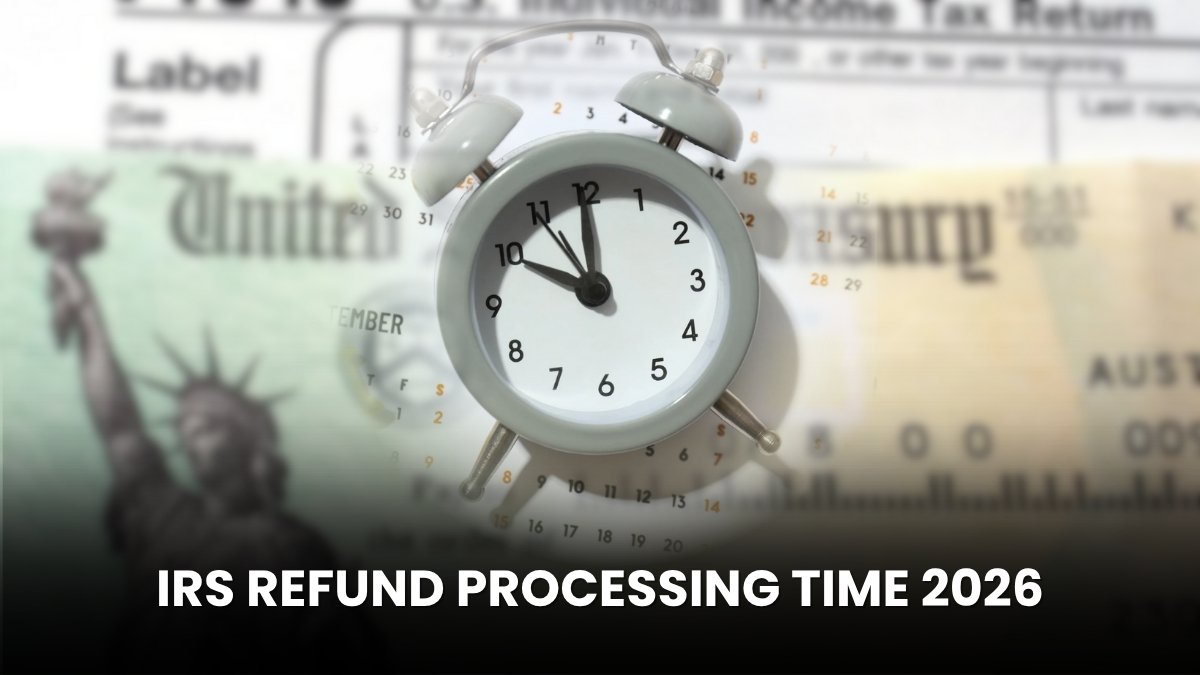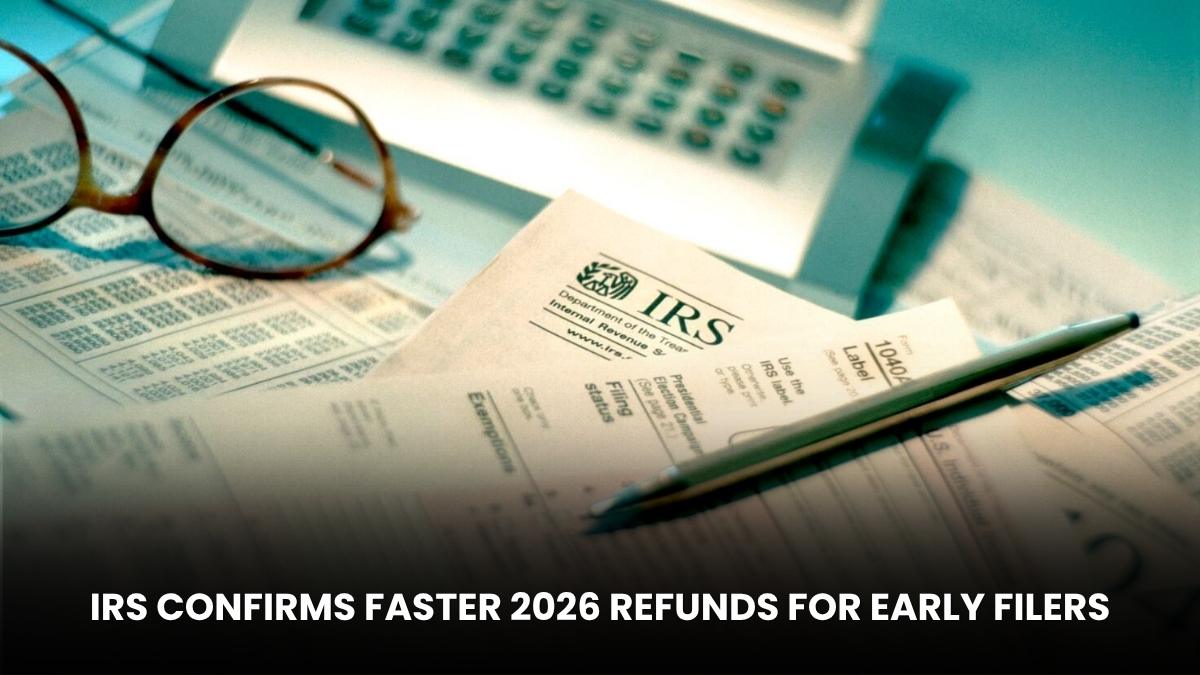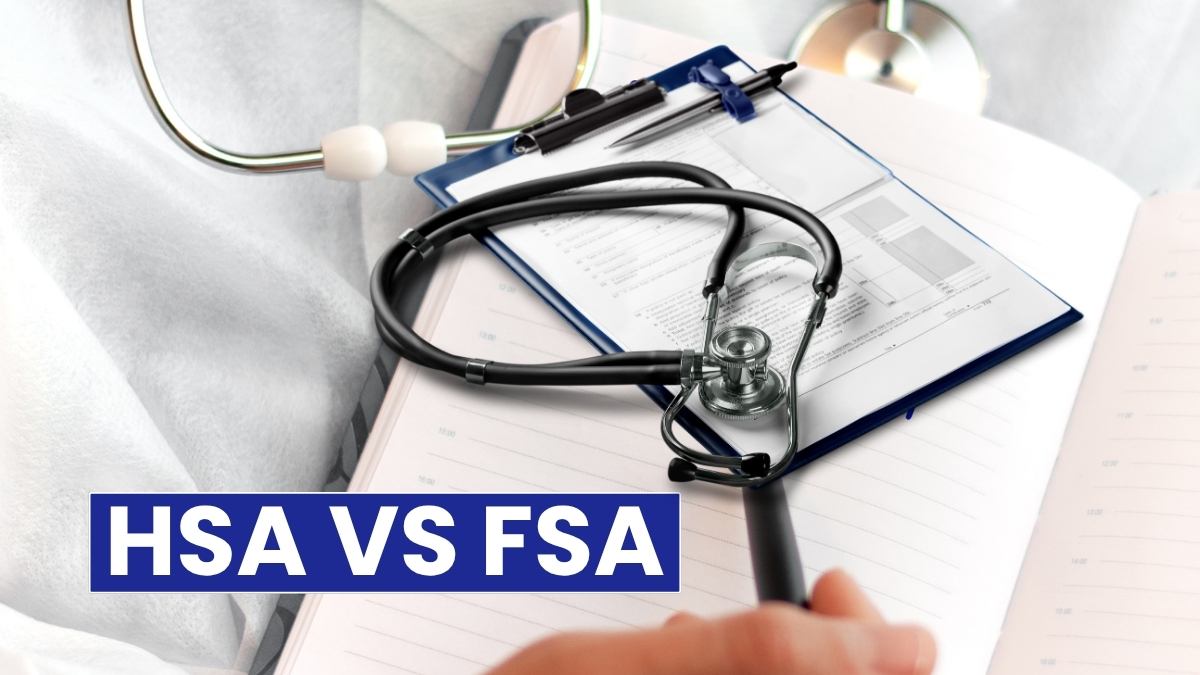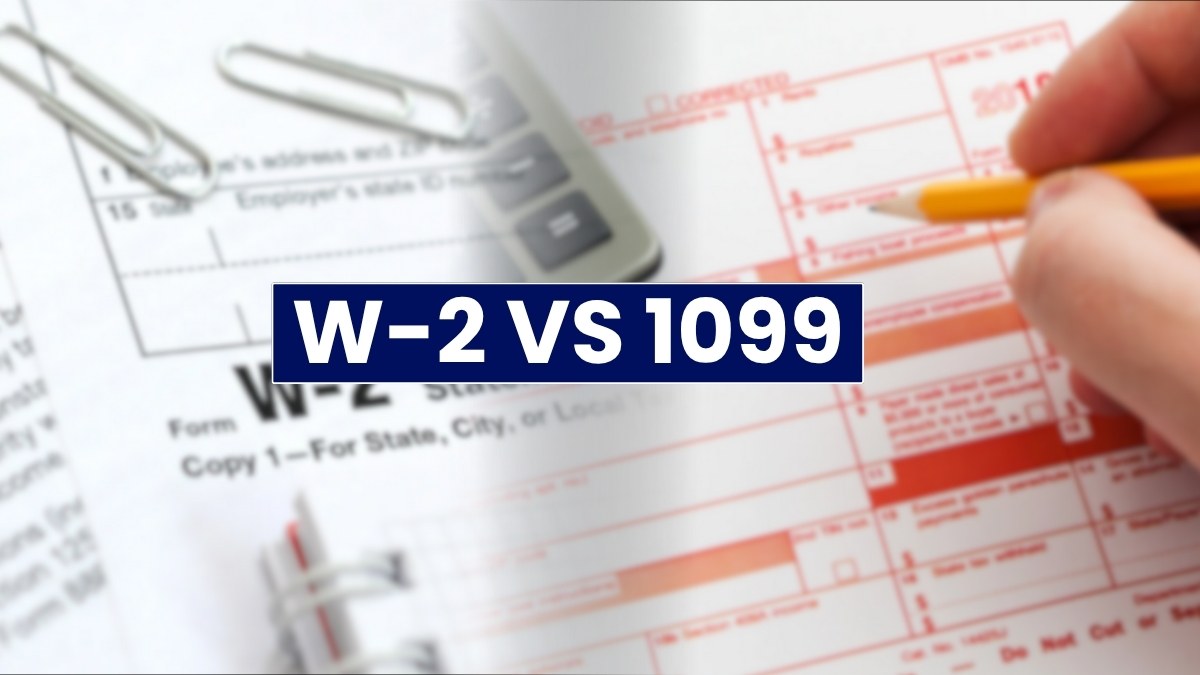The federal government supports students and parents to save on their higher education costs through education tax credits. If you wish to save your money and get some tax relief, you can find everything about the Education Credits here.
The IRS allows the parents of students paying for their education to reduce their tax bill through this credit. There are a total of two Education credits – American Opportunity Tax Credit and Lifetime Learning Credit (LLC).
Both credits have their own eligibility, but they can save more than $2000 for parents and students in a tax year, even if they are not liable to pay taxes. The credits are one of the powerful tools for the taxpayers, unlocking savings and tax benefits relief for the eligible taxpayers.
How much can you save through the IRS Education Tax Credit for 2026?
Students and parents can save on education expenses based on the education tax credit they qualify for. So, if you wish to know how much you can save, you can check the tax credit amounts for both credits below:
- American Opportunity Tax Credit:
- You can qualify for the annual maximum tax credit of up to $2500 under AOTC for the eligible education expenses, where the credit is 100% for the first $2000 of the qualified expenses, and 25% for the next qualified expenses $2000.
- The credit for the first four years of higher education, so you can’t claim it afterwards.
- Lifetime Learning Credit:
- The credit you can earn under an LLC is worth $2000 per tax return, with no limit on the number of years.
You cannot apply for both credits in the same year; however, if your AOTC ends, you can apply for the LLC and take advantage of the benefits.
Who can claim the IRS Education Tax Credit?
Each Education credit has its own eligibility criteria, but you must meet the following common rules for each credit:
- The eligible student must be studying in an eligible educational institution.
- You or your dependent, or a third party for the qualified education expenses for higher education.
- You can also claim the credit if the student is yourself, your spouse, or a dependent on your tax return.
You can check your eligibility criteria for each available credit below; if you meet all three common criteria:
| AOTC | LLC |
| Pursuing a degree or recognized educational credentials in a post-secondary educational institution. | Enrolled in educational courses or enrolled in an educational institution, qualified for this program |
| Not having completed the four years of education | At least enrolled for 1 academic period in the tax year beginning |
| Not claimed the former Hope Credit or AOTC for more than 4 years | Pursuing higher education for improving job skills, or acquiring a degree or a recognized credential |
| At least enrolled for 1 academic period in the tax year beginning | |
| Not have been convicted of any crime or drug conviction by the end of the tax year. |
How does your income affect the Education Credit?
Now, to make the best of the IRS Education Credit and save your money, you should know how your income affects your credits from the table below, where we have mentioned the gross income limit, phaseout limit:
| Income Limits | AOTC/ LLC |
| Full Credit MAGI | $80,000 or less (for individuals)$160,000 or less (for married filing jointly) |
| Reduced Credit threshold | Above $80,000 but not more than $90,000 (for individuals)Above $160,000 but not more than $180,000 (for married filing jointly) |
| Complete Phaseout threshold | Above $90,000 for individuals Above $180,000 for joint filers |
How to choose between the IRS Education Credits?
If you are wondering which IRS education Credit to choose, you should compare the credits and understand what your needs are, such as:
- People with four years of education should go for the AOTC education credit and claim it, as it is higher.
- Now, if you have an education plan for more than 4 years, you should first claim AOTC and then LLC.
- You should check the eligible expenses for both the credits and see what will help you the most, such as AOTC covers tuition fees along with education supplies, whereas the LLC covers the tuition and other fees only.
- The AOTC has a refundable credit of up to $1000, whereas LLC has no refundable option, so if you claim AOTC and have zero taxes, you can get the refund of up to $1000.
- Remember, the IRS does not allow both credits for the same student in the same year, so plan accordingly and get the tax relief.
There is no ideal credit; however, your ideal education credit depends on what you need and your situation, so choose wisely.
The 2026 tax season is coming, and taxpayers with student education expenses or student taxpayers should learn about the education tax credits to claim one with their tax return.
Disclaimer: This information explains IRS Education Tax Credits. Verify eligibility, credit amounts, and filing requirements through official IRS resources.









